Around the world many earthquakes have led to the collapse of buildings, and the aftermaths has required painstaking time and resources to rebuild their city, leaving many homeless. We see this in the Sichuan Earthquake in 2008 which left 5 million people homeless with over half the town of Beichuan destroyed. However, there are cities who have been able to create earthquake-proof buildings that withstand the waves of energy through the careful consideration of materials, design structure, building techniques, resource restrictions, environmental factors, and many other aspects.
Imitating the restrictions introduced above, I was challenged to design an earthquake-resistant building out of spaghetti and blue-tac. I worked with Howard, Sienna, and Zayn to increase the efficiency and touch into the different ideas and perspectives they could offer.
The building had to fulfil the following requested criteria:
- Only use the materials of spaghetti and blue-tac and tools of rulers, scissors, and the labour of team members (maximum number of 4 team members)
- Have the minimum height of 60cm and a maximum base of 30cm x 30cm
- Follow the $60 budget ($1 per 10cm of spaghetti and $1 per 1g of blue-tac)
- Must not collapse (not touch the floor, become unliveable, or in a state it threatens human safety) within and after the time of 10 seconds within the simulated earthquake environment
- Be quick and easy to build
- Fulfil the criteria by the deadline of three weeks
It had to always have the purpose of use in mind, which is to reduce the casualties and damages to the people through the design of the building.

We followed the design thinking process, the steps taken were:
- To define the problem
- Research theorised and successful real-life examples of earthquake-resistant buildings
- Brainstorm ideas
- Draw detailed drawings including the measurement of materials, how the structure will look like in different points of view, and the costs of the materials
- For the design to be approved of, it needs to have reliable and logical proof of how it will be successful
- Create a prototype after approval
- Test and evaluate against the criteria
- If the design was not successful, it will be evaluated of its weaknesses and strengths and redesigned to a design that has a higher likelihood of standing for at least 10 secs when the simulated earthquake occurs
- This is repeated until it has fulfilled the criteria and aim
We distributed researching successful real-world examples, previous spaghetti examples, and the different structure designs amongst each other. While we were able to cover a diverse range of information such as group members finding previous spaghetti building examples, an ancient Chinese structure requiring no screws, and different types of bases and dampers, we were also selective with our research. By not including a criteria for our research as well, we were prone to not introducing or adapting other ideas, such looking at buildings were they had a pendulum within the building.

But we found even with the research-based design, it did not work when we build the prototype and the design was unable to support itself and stand up from mainly how the spaghetti was too flexible (split at many joints).
Seeing how it did not work out, the positivity of Zayn and Howard looked straight towards reflecting on what did not work and adapted the design on the spot. And to ensure they didn’t chug off the rails, Sienna kept them in check and questioned them when the changes did not make logical sense. However, finding that design 1.1 did not stay standing for 10 seconds, Howard and I went back to the design stage, already having an idea of what to avoid and include in the redesign.
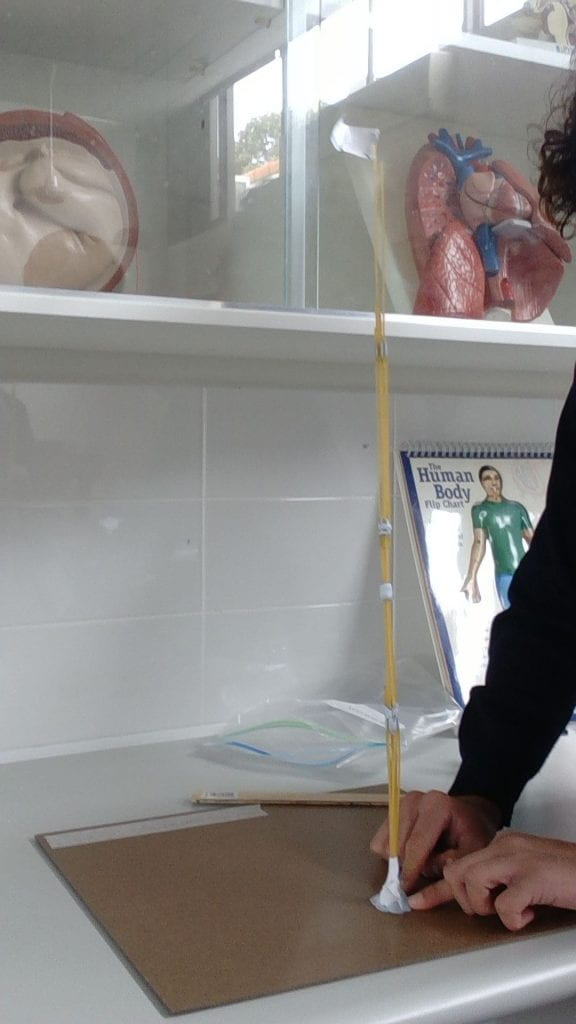
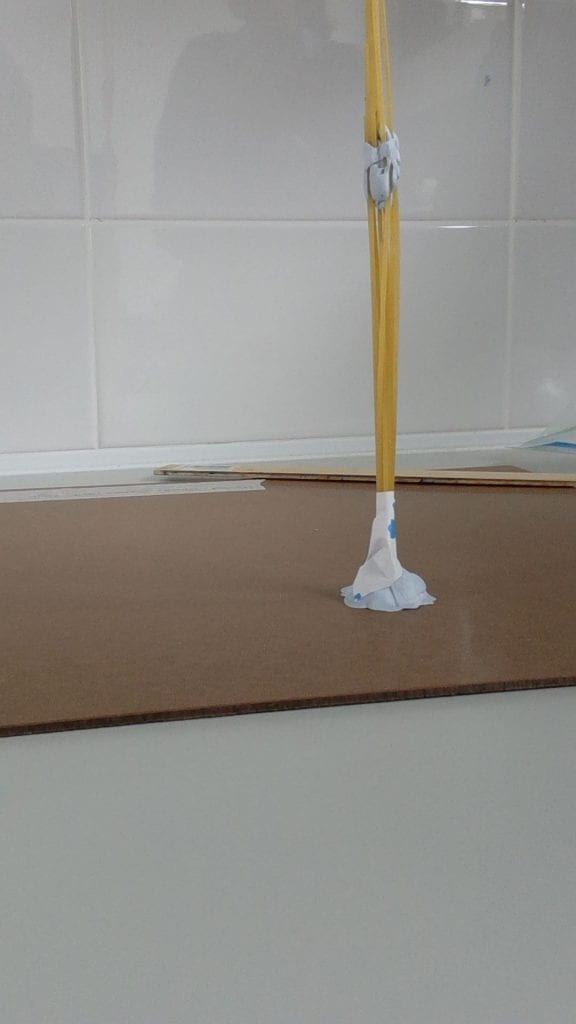
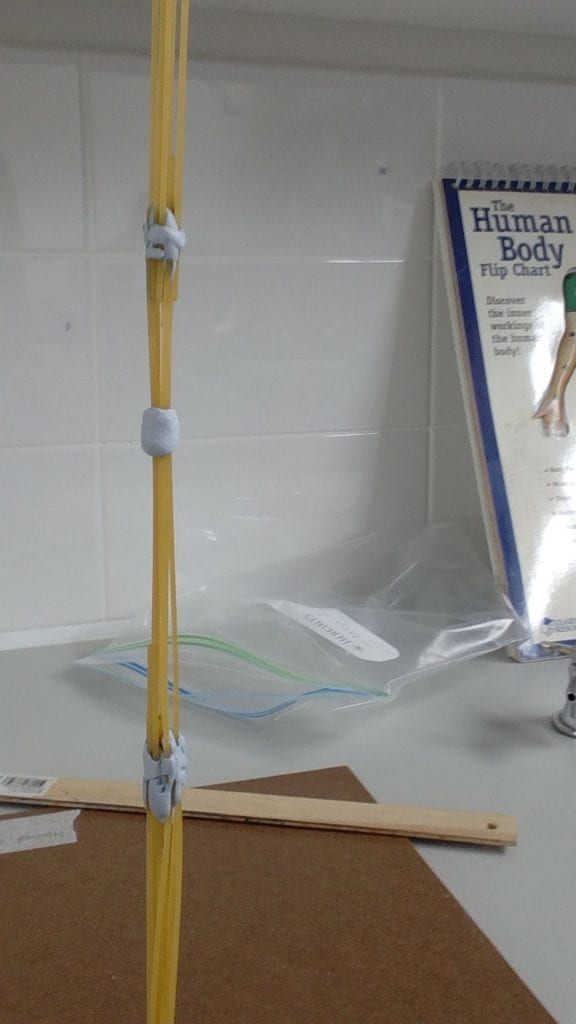
There were some issues in that that a couple of group members contributed less than others. I found these were members who were not proactive to take the initiative to work on the project when they weren’t set a task. Perhaps next time a better way to ensure all members are placing as much effort as others, we could write out a step-to-step plan of how we would do the challenge, delegate tasks more often or set very explicit roles within the group.
In the end our final redesign was a success! Through our attention to detail, multiple discussions and calculations to stay in budget, we designed a hexagonal prism as our structure with a large surface area to provide maximum stability. This led a successful design with the building lasting past 10 seconds, under the new requested requirements, we build it to the be able to allow people to live within it with enough room for a platform to be placed at the top.

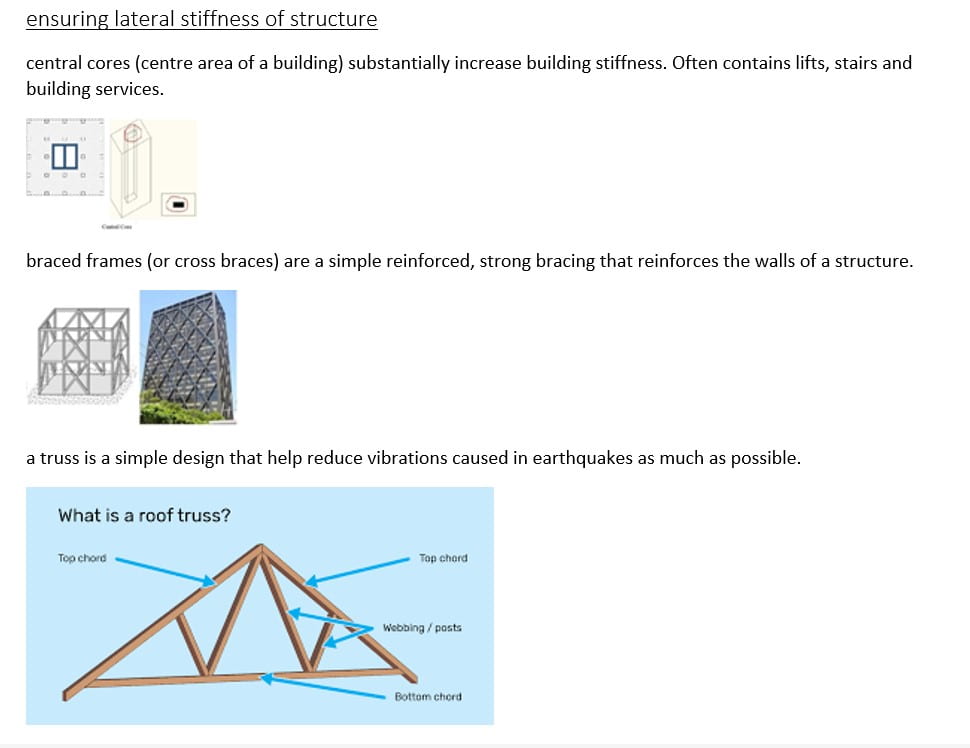
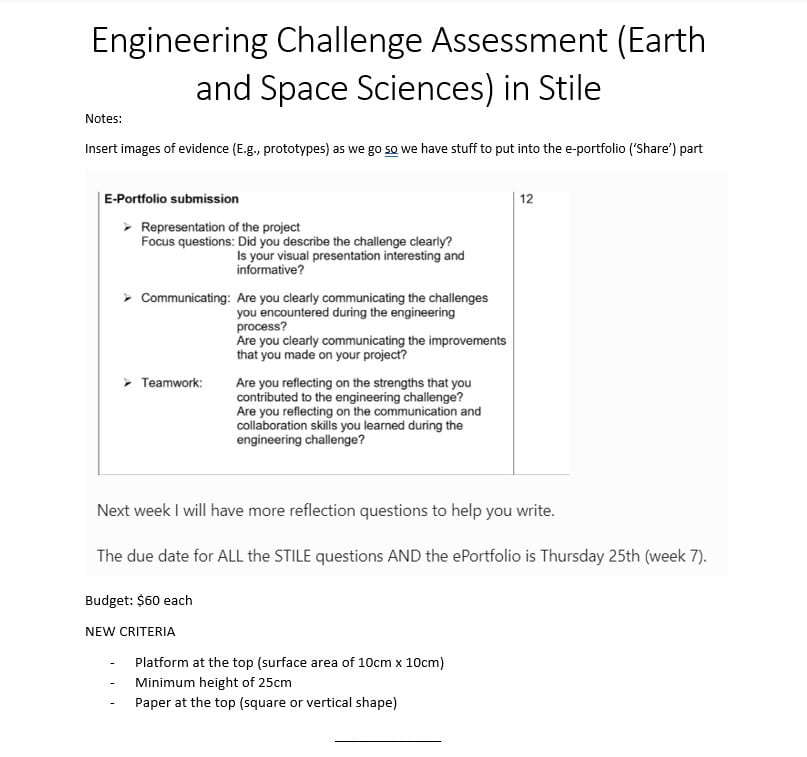
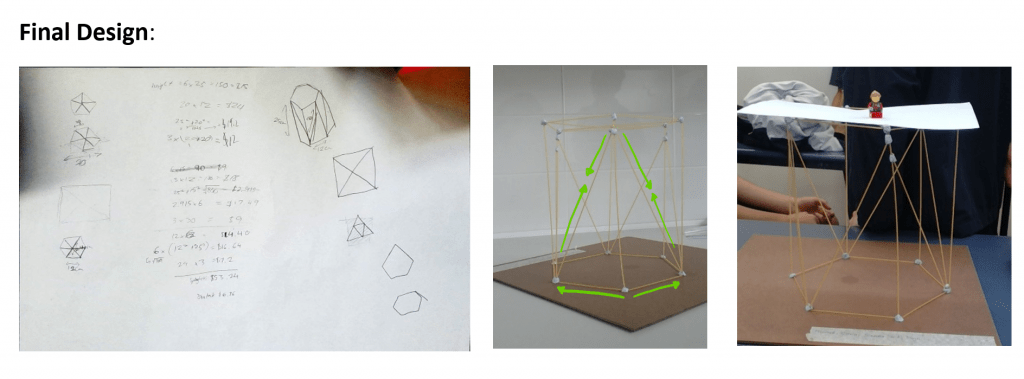
While the task followed the effective design thinking process, it could use some improvements. Next time the challenge could include the problem identifying stage, this would allow students to think about what mistakes they could avoid and target the main underlying problem and that would increase the quality an reduce the number of mistakes made. The success metric of testing just the 10 seconds rather than which building would stay standing the longest, limits the quality we could measure of each building and would not solve any future issues of when both designs pass the 10 seconds. Even though the challenge has represented the limitation of design options due to the environment it’s built in, the challenge does not do this well enough. How are future students supposed to truly design earthquake-resistant buildings for countries who experience many earthquakes when there is not any restriction in the environments commonly experienced in the country. Such as the environment it’s build in and tested, cultural influences onto the design, and legal rules (maximum height restriction, land quality, etc.).
Overall, this task is an enjoyable challenge that allows students to experience how it would be like to design a building, and use collaboration, design, flexibility, problem solving, teamwork, and develop a mentality for producing high quality results.